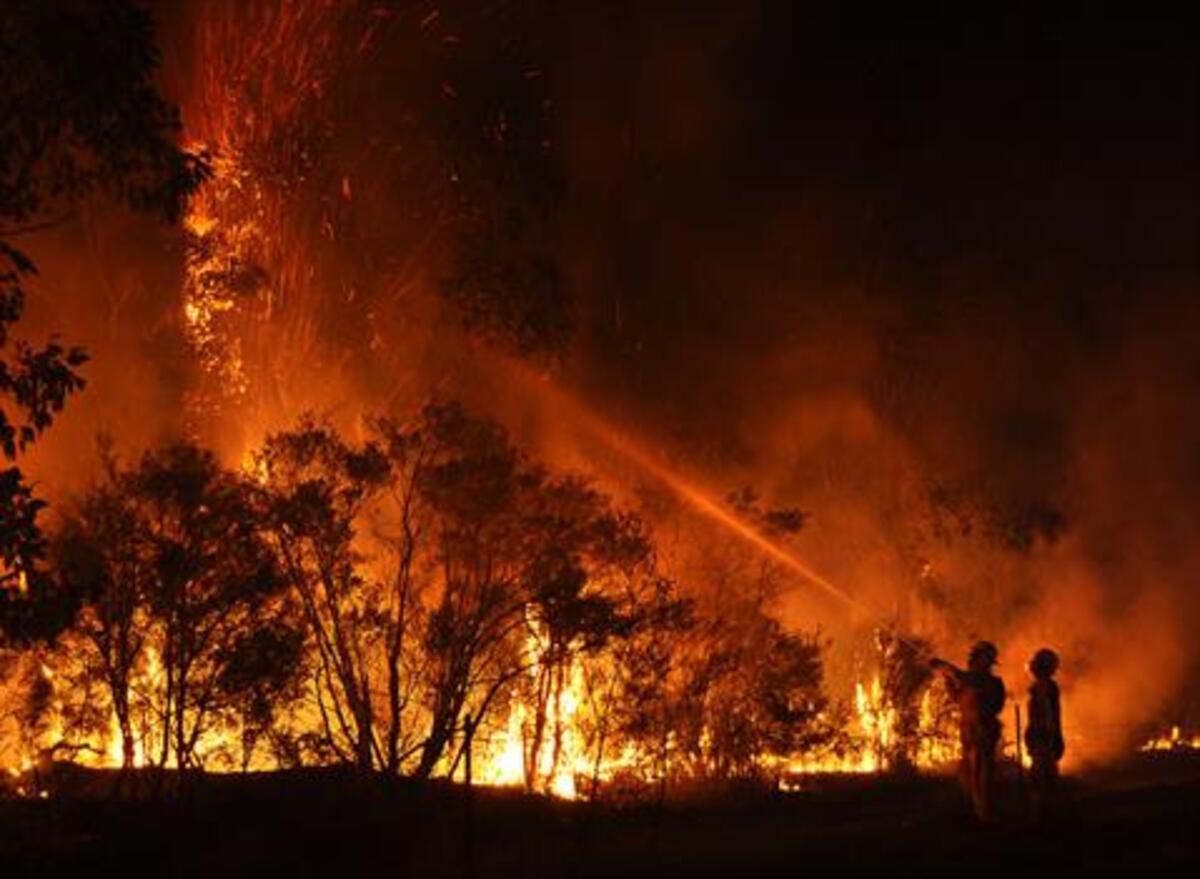Dozens of wildfires erupted in northern Spain on Friday, fueled by unusually high temperatures that reached 30 degrees Celsius in some areas a day earlier, converting vegetation into dry fuel, adding to Europe’s growing concern about changing weather patterns.
According to regional emergency services, approximately 40 fires have been reported in the Basque Country, Asturias, and Cantabria.
Spain in flames
On Thursday, Spain’s national weather agency AEMET predicted that October could be the hottest since records began and that every day of the month, except Oct. 1, had been warmer than the normal temperature for this time of year.
The Basque weather agency Euskalmet raised the region’s wildfire risk to moderate to high on Thursday, depending on the area.
There was an orange alert today, and Saturday and Sunday will also have an orange alert for forest fires. This is according to firefighter Jon Sanchez, who told this to the media while taking a break from battling the blaze in the Basque province of Biscay.
Several brutal heatwaves with temperatures well above 40 degrees Celsius hit southern Europe this summer, as part of a global pattern of rising temperatures widely attributed to human activity by scientists and climatologists.
According to government statistics, this year has been the worst year in Spain for wildfires, with 260,000 hectares destroyed by blazes.
Heatwaves are becoming hotter, wildfires are becoming frequent
According to data from the European Union’s Joint Research Centre, wildfires have burned 775,941 hectares across Europe this year, the second-largest area on record.
Heatwaves are becoming hotter and more frequent as a result of climate change. This is true for the vast majority of land areas, as confirmed by the United Nations’ global panel of climate scientists (IPCC).
Human-caused greenhouse gas emissions have warmed the planet by about 1.2 degrees Celsius since pre-industrial times. Because of the warmer baseline, higher temperatures are possible during extreme heat events.

